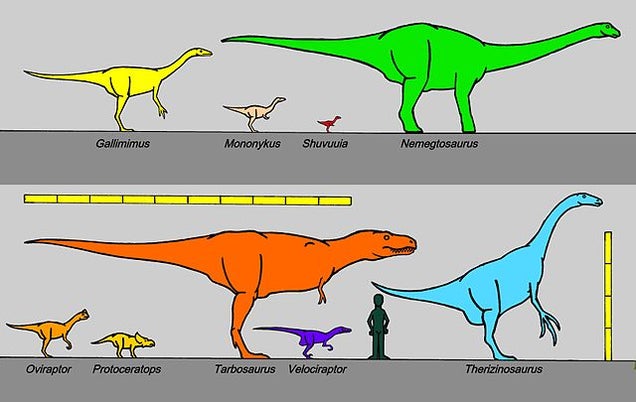
I would definitely like to know more about the possibilities of extremely large mammals.
How did they manage to get so much bigger than animals that walk the land today?
Matthew Carrano(His Link Here), Museum of Natural History's Dinosauria, states:
It's not clear how oxygen relates to size evolution, but that's one hypothesis out there. I tend to think that evolution takes advantage of opportunity until some sort of limit is reached, and dinosaurs had different limits than modern mammals. In fact, I'd say the real question is why mammals (at least on land) are so small.
One thought is that dinosaurs laid eggs and so did not have any problems reproducing even at huge sizes. So population crises could be overcome simply by laying more eggs. Mammals have a terrible time because at large sizes they can only make one or two young every one or two years. If something goes wrong (diseases, etc.), it takes a long time for the population to recover. So mammals are constrained from being very big in a way that dinosaurs weren't.
-Link to Article Here.
take it easy ;)
No comments:
Post a Comment